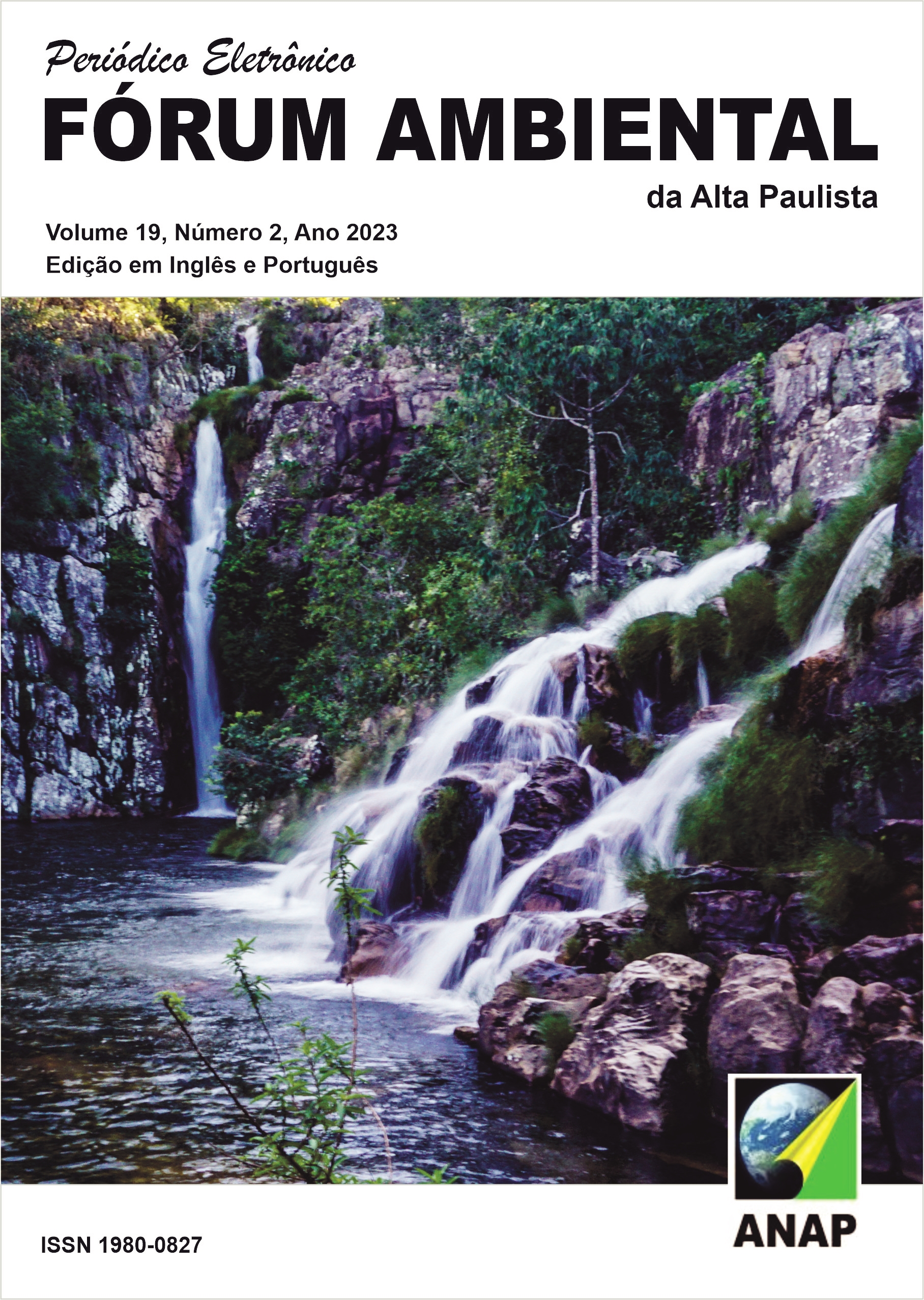Biovalley analysis as a LID control to delay surface runoff in the city of Recife/PE
DOI:
https://doi.org/10.17271/1980082719220233611Resumo
Urban growth brought with it the formation of large impermeable areas in cities, causing a reduction in the infiltration of rainwater into the soil and an increase in the volume of surface runoff, causing setbacks on days of extreme precipitation events. In this context, the present research aimed to analyze the use of a biotaver as a Low Impact Development (LID) for delaying surface runoff in areas prone to flooding in the city of Recife/PE. As a methodology, the QGIS model was used to extract data from raster images, and the Storm Water Management Model (SWMM) for scenario simulation. Three scenarios were simulated with rainfall of 20.00mm, 39.00mm and 60.00mm. The results showed that the implementation of the bioditches provided a reduction in the total flow of the study area by 0.50% and in the maximum flow of the SB1 sub-basin for scenarios 2 and 3 by 77.96% and 41.23% respectively. In addition, there was a reduction in surface runoff of 11.15% on average and an increase in green area of 4.00%. The bioretention system showed infiltration ranging from 29.83mm to 89.35mm between the three scenarios. Thus, through the SWMM model, it was possible to analyze that the implantation of bioditches as a control for delaying surface runoff and increasing infiltration into the soil is valid, and the literature recommended that various types of sustainable devices be implemented and integrated into the existing drainage network and urban space so that more expressive results are possible.
Downloads
Publicado
Edição
Seção
Licença

Este trabalho está licenciado sob uma licença Creative Commons Attribution-NonCommercial-ShareAlike 4.0 International License.












